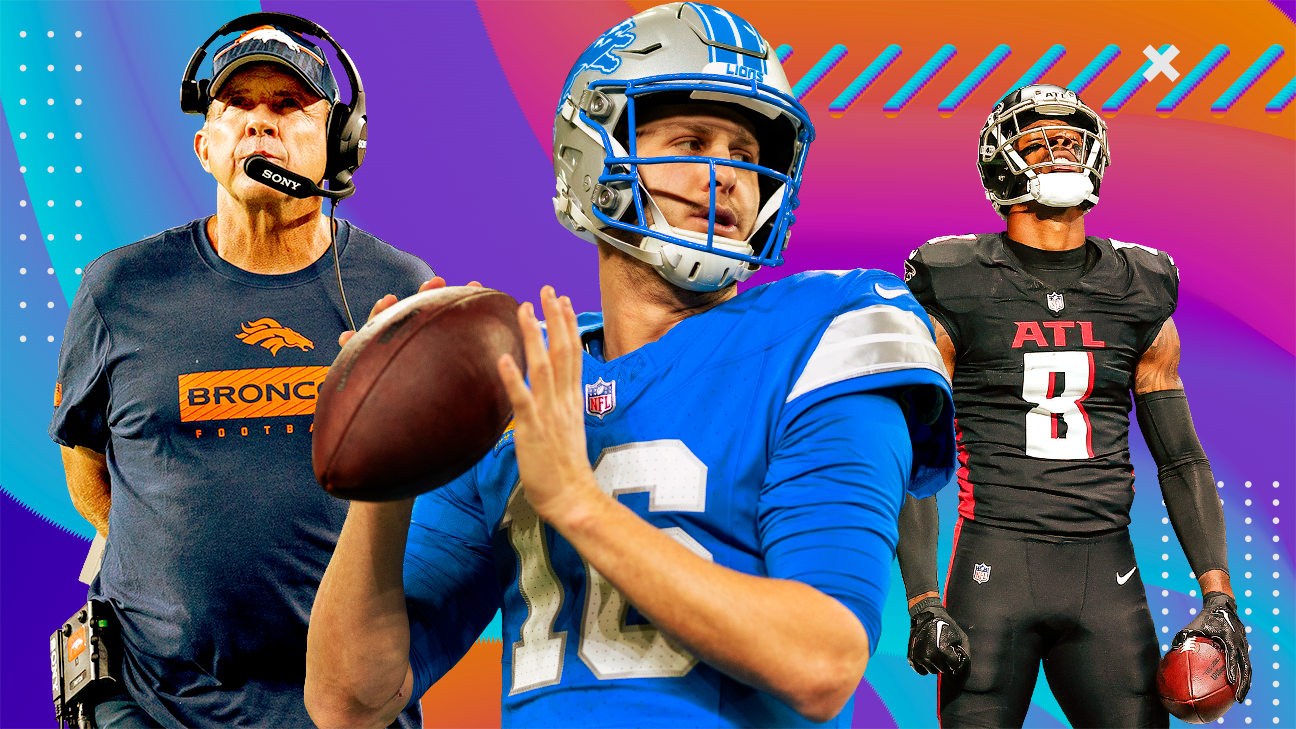Procter & Gamble calls for tests that do away with TV audience guarantees
Marc Pritchard in ANA speech and interview compares current upfront to toilet paper hoarding, seeks 'synchronized' trading and lauds retail media.

Procter & Gamble Co. is calling on TV networks to join experiments to eliminate the current system of buying based on audience guarantees in favor of more real-time matching of ad supply with viewing demand.
In a keynote at the Association of National Advertisers Media Conference in Orlando on Thursday, P&G Chief Brand Officer Marc Pritchard issued “a call for innovation in media buying and placement, because it’s time to find a better way.”
Subscribe to Ad Age now for the latest industry news and analysis.
P&G will commit “to work with broadcasters to develop and test approaches that will eliminate the current system,” Pritchard said. “Finding a way to match ad supply with viewing demand could make the experience better for consumers. It could create more predictable and stable media buys for broadcasters and publishers—versus the protracted transactions of the upfront dance. It could eliminate inefficient guarantee and liability transactions. And all that could create more growth and value creation with more ad inventory.”
Pritchard described his vision as "a way to buy and place ads synchronized to when people are actually watching—matching ad supply with viewing demand."
Audience guarantees and make goods delivered when forecasts fall short are “incredibly inefficient,” Pritchard said, “because the one thing we know for sure is that the audience forecast is wrong.”
Pritchard compared the TV upfront to panic buying of toilet paper in the early days of the pandemic—buying “as much as possible from as many stores as you can because you can’t predict how long you might be stuck at home.”
What Pritchard is proposing sounds like programmatic buying of TV inventory—which P&G brands already do via The Trade Desk in connected TV—but applied to a broader range of inventory in linear TV. In an interview Wednesday, Pritchard agreed with that description but said the exact form such buying would take depends on how tests are designed.
'Value for the entire industry'
P&G has been trying to kick the upfront habit for a while, though it does still do upfront deals. “We don’t believe the typical upfront process is advantageous to advertisers,” Pritchard said, “so we are working constantly to disrupt it, and that means direct negotiating when we can.”
Networks long have resisted putting a broad range of linear inventory into programmatic trading on the belief that it will drive down prices as it has in digital media. Beyond linear, networks also are looking to sell streaming ad inventory via upfront deals with audience guarantees. But Pritchard said that P&G has been talking to networks about trying alternatives.
“The intention here is to do it in such a way that it creates value for the entire industry,” Pritchard said.
Eliminating audience forecasts, guarantees, make goods and options for advertisers to pare back upfront commitments makes the system more efficient for networks too, Pritchard said. “You’re eliminating a lot of extra transactions.”
Pritchard made the analogy to manufacturing supply chains, where the goal is to match production with demand as closely as possible while compressing the time between when goods are made and when they’re delivered.
“If we can do this with supply chains, surely we can do it with media,” Pritchard said. “This is a call for innovation. There has to be a better way.”
The solution may involve more addressable ads and custom audiences, Pritchard said. And it may require changes in measurement currencies. As a growing number of networks offer currency alternatives to the dominant Nielsen ratings, P&G will consider those as well, he said.
“We will still be looking at all the measurement currencies,” Pritchard said. “But I can imagine the possibility that this simplifies measurement because if buying is more closely coupled with actual viewing demand, you’re not having to forecast and then go back and match.”
Promise in retail media
Pritchard also said P&G will be spending a growing share of its budget on retail media. Though he declined to call out any retail media player by name, he said he sees promise retailers pairing purchase data with TV or other video audiences to allow addressable ads that target a brand’s highest potential consumers—or avoid targeting people who’ve just bought one of its products.
Get your ticket for the April 5 Ad Age Next: Retail event at AdAge.com/NextRetail.
Certainly, Amazon—with its coming Thursday Night Football inventory—could do that, though it’s unclear whether addressable ads based on Prime member data will be available, and Pritchard declined to comment on any specific retailer.
In his speech, Pritchard said “media connected to commerce” is accelerating in China and the U.S. “with several major retailers.
“We see opportunities to grow categories for retailers by serving a broader range of consumer needs—like offering related products when making a purchase or livestreaming via retailers to provide education and product demos in formats that enable instant purchases,” he said.
Into the metaverse, progress in minority-owned media
P&G is also “extensively engaging with consumers in immersive gaming platforms” for such brands as Gillette, Venus, Bounty, Dawn, Charmin and Old Spice. And Pritchard pointed to the P&G BeautySphere unveiled at CES, which is an “immersive metaverse” where people can learn about P&G beauty products by, for example, taking a virtual tour of the Kew Royal Botanical Gardens in London.
“It’s early days,” Pritchard said, “but it’s clear that innovation to immerse and engage is the next frontier for consumer media experiences with significant opportunity to expand,” he said.
And Pritchard said P&G is seeing returns from efforts to increase its spending in Black-owned and targeted media, doubling spending in two years, with the intention to “double again, and then double again to ensure we reach our audiences in the most relevant way and expand the Black-owned media ecosystem.”
P&G is extending the approach to Hispanic, Asian-Pacific and native and indigenous-owned media “because investment in these companies not only creates more relevant, resonant and effective media,” he said, but also “helps contribute to economic equality and inclusion, which means more purchasing power and more market growth.”
Don’t miss the latest news. Sign up for Ad Age newsletters here.

 JaneWalter
JaneWalter 































